Many of us have an artsy friend who thinks that she's the missing link between modern and classic art. You know, the one who sometimes eats lipstick to feel 'red' inside? Yup, her. It's her birthday and instead of going to a bar or a nice restaurant like a normal person; she wants to go to an art gallery. Typical. Do you have any problem recognizing different artists? Have you forgotten who's who and you don't wanna be humiliated in front of your semi-pretentious friend? Lemon squeezy! Here's a guide or better yet a cheat-sheet for recognizing famous painters:
If everybody and I mean everybody (kids and broads included) has a kickin' bod, it's Michelangelo Buonarroti.
(1475–1564), Italian sculptor, painter, architect, and poet. A leading figure of the High Renaissance, Michelangelo established his reputation with sculptures such as the Pietà ( c. 1497–1500) and David (1501–04). Under papal patronage he decorated the ceiling of the Sistine Chapel in Rome (1508–12) and painted the fresco The Last Judgment (1536–41), both important mannerist works. His architectural achievements include the completion of St. Peter's cathedral in Rome (1546–64).
If you see someone's heinie instead of the mug, it's Caspar David Friedrich.
(1774–1840), German painter, noted for his romantic landscapes. He caused controversy with his altarpiece The Cross in the Mountains (1808), which lacked a specifically religious subject.
If everyone looks like a weirdo, it's Bruegel.
the name of a family of Flemish artists.
• Pieter( c. 1525–69); known as Pieter Bruegel the Elder. He produced landscapes, religious allegories, and satires of peasant life. Notable works: The Procession to Calvary (1564).
• Pieter Bruegel the Younger(1564–1638), son of Pieter Bruegel the Elder; known as Hell Bruegel. A copyist of his father's work, he is also noted for his paintings of devils.
• Jan(1568–1623), son of Pieter Bruegel the Elder; known as Velvet. He was a celebrated painter of flower, landscape, and mythological pictures.
 If the paintings are made out of little dots, it's Georges Pierre Seurat.
If the paintings are made out of little dots, it's Georges Pierre Seurat.
(1859–91), French painter. The founder of neo-Impressionism, he is chiefly associated with pointillism, which he developed during the 1880s. Among his major paintings using this technique is Sunday Afternoon on the Island of La Grande Jatte (1884–86).
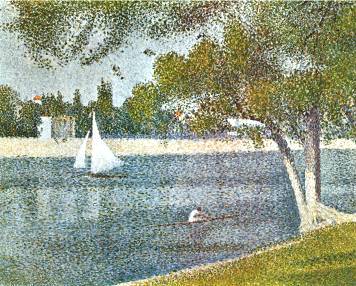
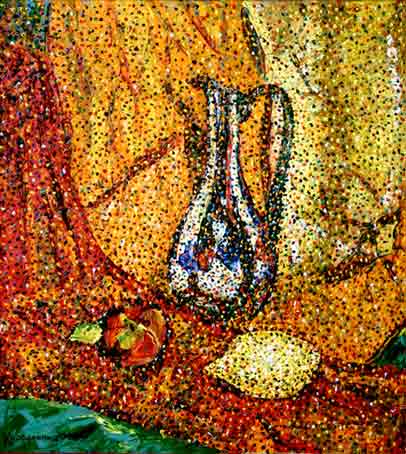 Tons of gold paint? Flat bodies? Women who are wearing patterned or wallpapery dresses? Yup, yup, yup! Gustav Klimt, everybody!
Tons of gold paint? Flat bodies? Women who are wearing patterned or wallpapery dresses? Yup, yup, yup! Gustav Klimt, everybody!
(1862–1918), Austrian painter and designer. Cofounder of the Vienna Secession (1897), he is known for his decorative and allegorical paintings and his portraits of women.

 Comic book like paintings that are usually more than a score of ordinary objects, neatly arranged together? Gotta be Andy Warhol.
Comic book like paintings that are usually more than a score of ordinary objects, neatly arranged together? Gotta be Andy Warhol.
( c. 1928–87), US painter, graphic artist, and filmmaker; born Andrew Warhola. A major exponent of pop art, he achieved fame for a series of silkscreen prints and acrylic paintings of familiar objects (such as Campbell's soup cans) and famous people (such as Marilyn Monroe), that are treated with objectivity and precision.
You feel like you're looking at a children's coloring book? It's Henri Matisse. Indubitably!
(1869–1954), French painter and sculptor; full name Henri Emile Benoît Matisse. His use of non-naturalistic color led him to be considered a leader among the Fauvists. His later paintings and sculptures display a trend toward formal simplification and abstraction.

 The painting's kinda blurry and you need to squint? Plus, there are sunflowers like, everywhere? It's Vincent Van Gogh. Duh!
The painting's kinda blurry and you need to squint? Plus, there are sunflowers like, everywhere? It's Vincent Van Gogh. Duh!
(1853–90), Dutch painter; full name Vincent Willem Van Gogh. He is best known for his post-Impressionist work. His most famous pictures include several studies of sunflowers and A Starry Night (1889). Suffering from severe depression, he cut off part of his own ear and eventually committed suicide.
Thanks for watching and/or reading!
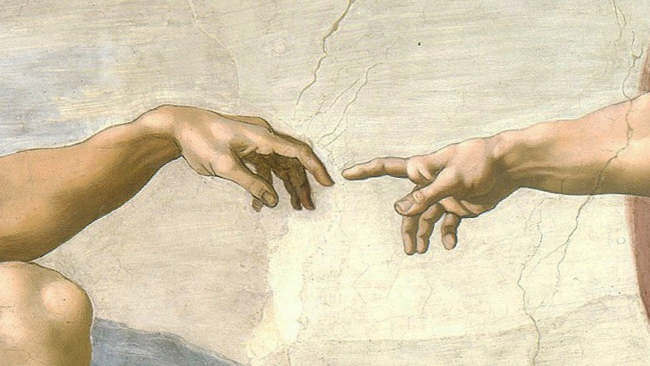




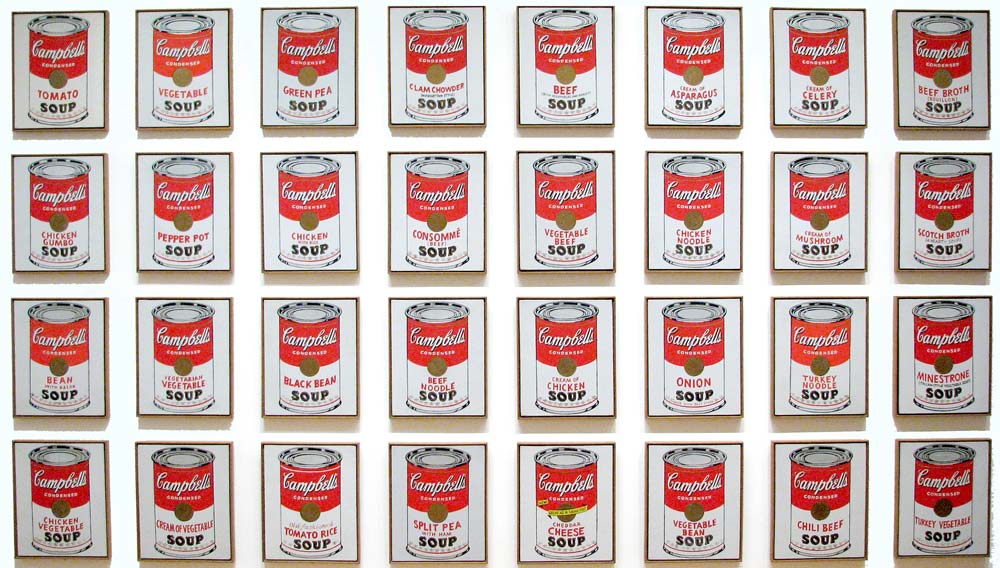

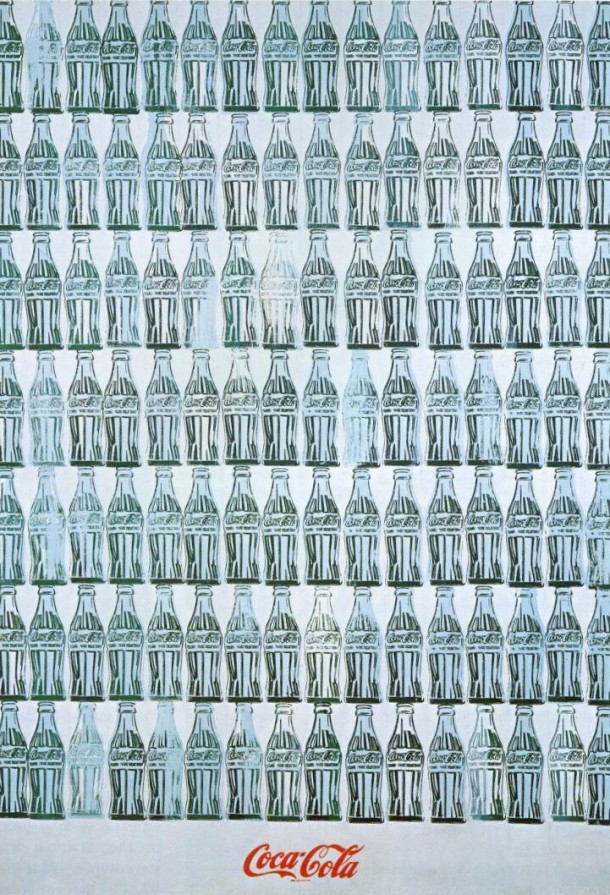



Comments
First off, I'm flattered. I'm glad you like 'em, dear JET. Second, why not? Never say never. Don't be afraid to make mistakes. Nobody's perfect, you know? Mishaikh did his best and guess what? He won!
It'a always good to hear from you.
You got it, buddy! Hmm.... Guess they thought the blog's more artistic and less tutorial.
Thank you A7.
Interestingly brain teasing, I enjoyed all along my search work.
I am surprised not many admirers of your tried.
Thanks once again.
Mishaikh,
Congratulations!
Sorry, dear Amal. It's not correct.
.
mug = face
Broads : Women (with promiscuous characters)
Yay! You did it.
Hang on, how about 'broad' an' 'mug'? Ha! Gotcha!
kickin' bod = cool - awesome 'body'
-
1
-
2
-
3
-
4
of 4 Next